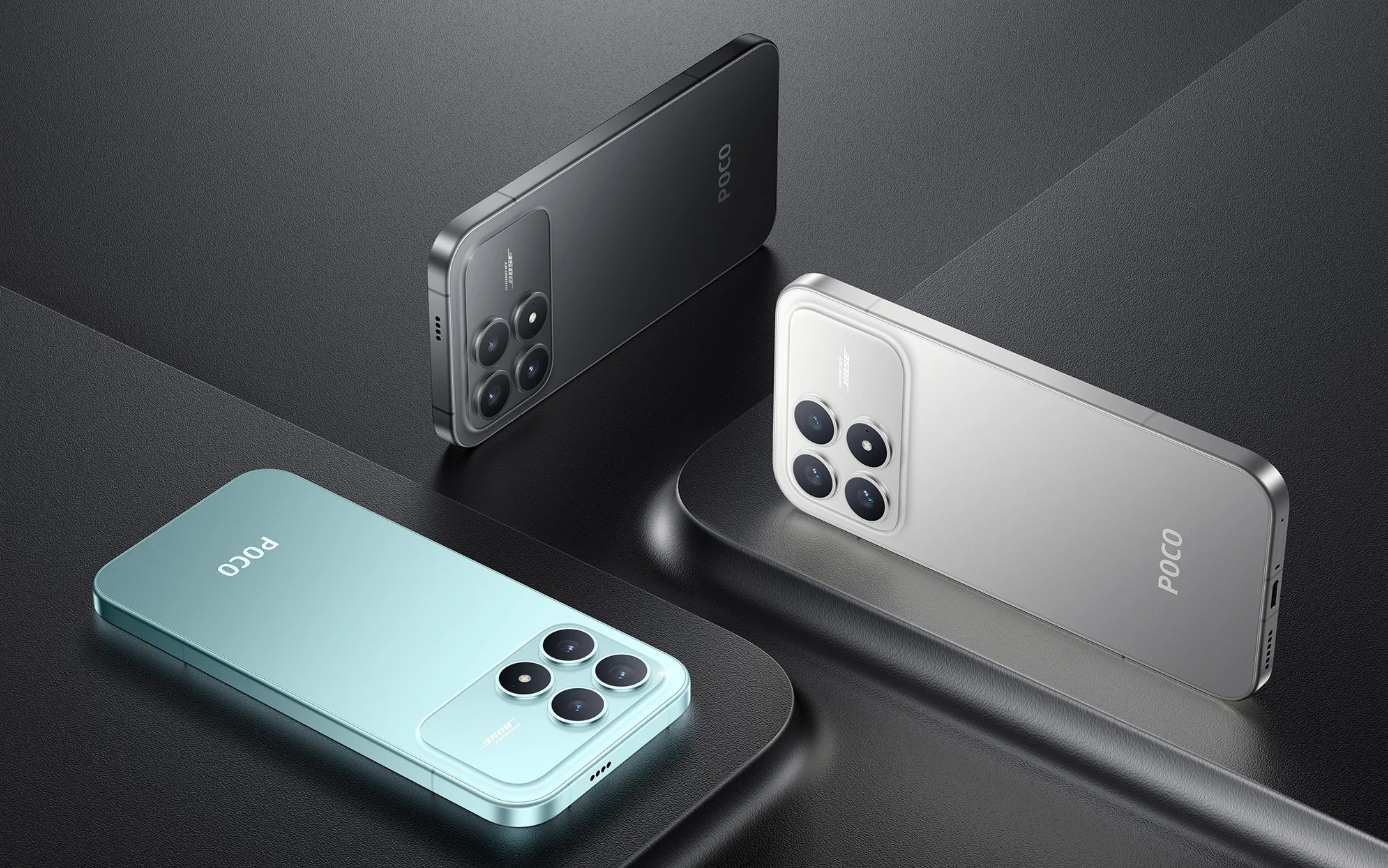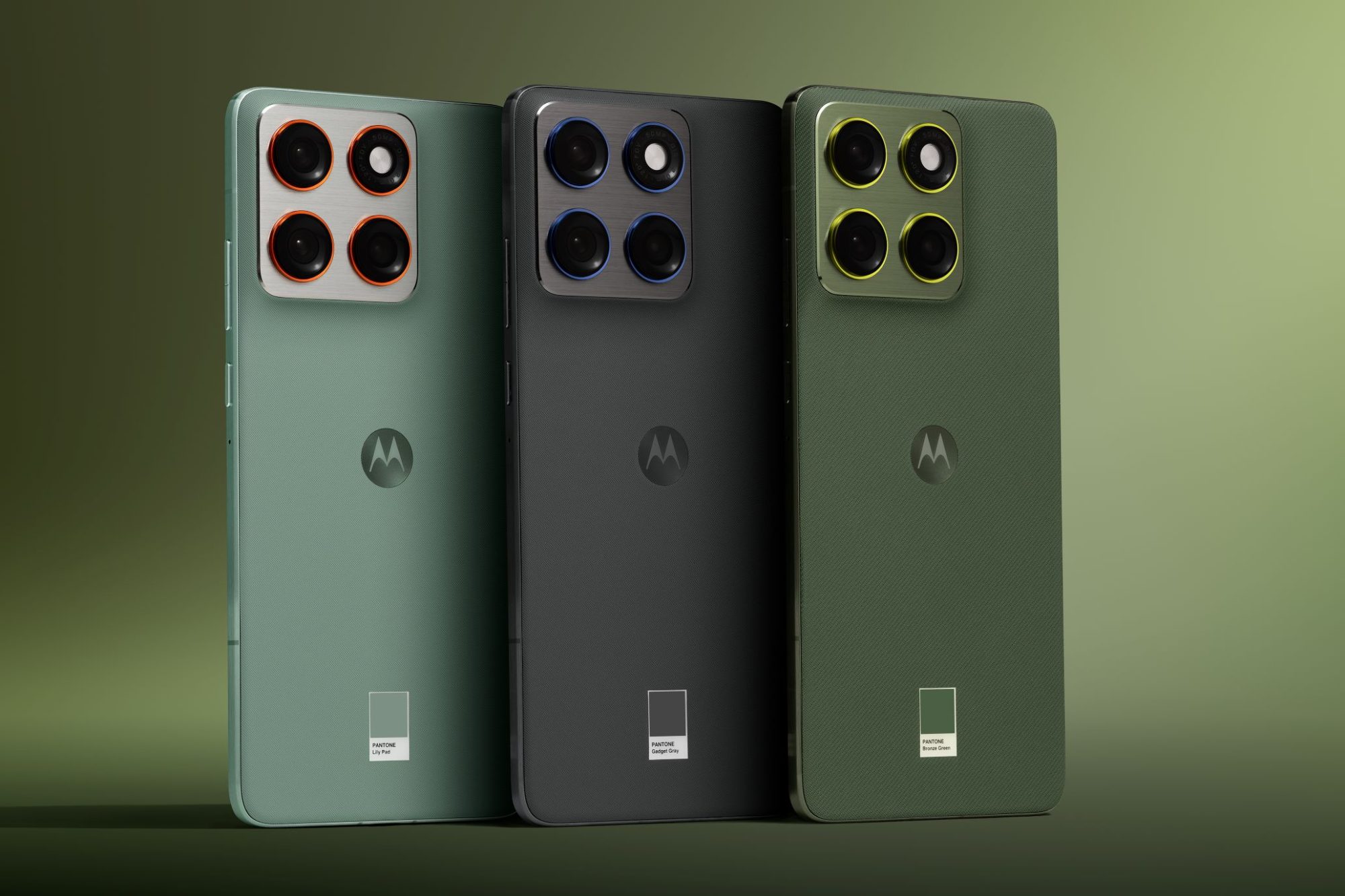Poco’s new phone leans on Bose to stand out in crowded Android market

Smartphone–audio tie-up targets gamers and binge-watchers
Chinese brand Poco has unveiled a new flagship smartphone co-developed with audio company Bose, betting that a built-in subwoofer and tuned stereo speakers will stand out in an increasingly look-alike Android market. The Poco F8 Ultra pairs a large OLED display and high-refresh-rate panel with what the company calls a “triple speaker” system, including a dedicated low-frequency driver along the frame. Poco is pitching the device at mobile gamers and heavy streamers who want console-style sound without carrying a Bluetooth speaker. Early demos highlight heavier bass, clearer separation of dialogue and sound effects, and louder maximum volume than rival mid-premium handsets.
Under the hood, the phone uses a flagship-class chipset, a sizeable battery with fast charging, and a camera array that leans on familiar high-megapixel sensors rather than experimental designs. The bigger bet is on the Bose partnership: the company says engineers from both firms spent months tuning the sound profile for games, films and music, and promise less distortion even at full volume. With smartphone innovation slowing, vendors have increasingly turned to niche hardware collaborations – from camera brands to fashion labels – to differentiate on design and experience rather than raw specs alone. Poco’s move follows a broader push by Chinese phone makers to offer richer audio on-device, as more users watch series, anime and K-dramas almost entirely on their phones.
Audio branding wars and the race for midrange buyers
Analysts say the Poco–Bose tie-up underlines how crowded the Android market has become below the ultra-premium tier. Many midrange devices now share similar processors, screens and battery sizes, leaving brands to compete on price, design and one or two standout features. For Poco, which has built its identity around “performance for less”, attaching a globally recognised audio name adds credibility for users who might otherwise assume smartphone speakers are an afterthought. If the sound experience matches the marketing, the F8 Ultra could appeal to students, commuters and casual gamers who do not want to spend flagship money but still care about multimedia.
The strategy is not without risk. Tuning and housing a subwoofer in a slim phone raises questions about durability, heat and vibration over time. Buyers may also be skeptical after years of audio branding on laptops and budget handsets that delivered more logo than change. Still, the partnership is a reminder that hardware makers are trying to add tangible value in areas that matter day to day: clearer voices on video calls, punchier music playback, more immersive K-pop and movie soundtracks without headphones. As streaming platforms keep compressing content and users juggle cheaper earbuds or built-in speakers, any genuine improvement in small-device audio could become a subtle but powerful reason to pick one phone over another in the next upgrade cycle.





















